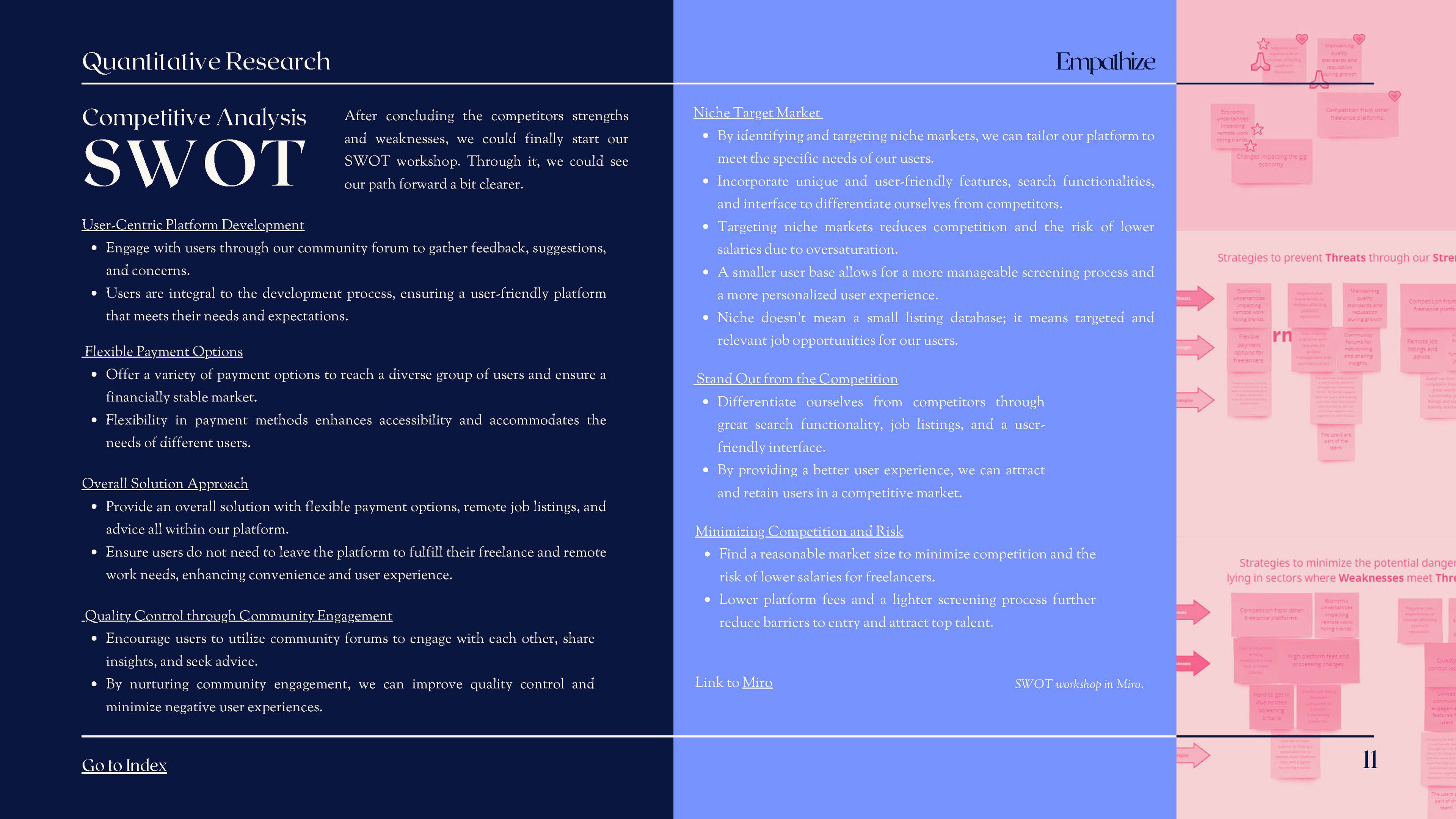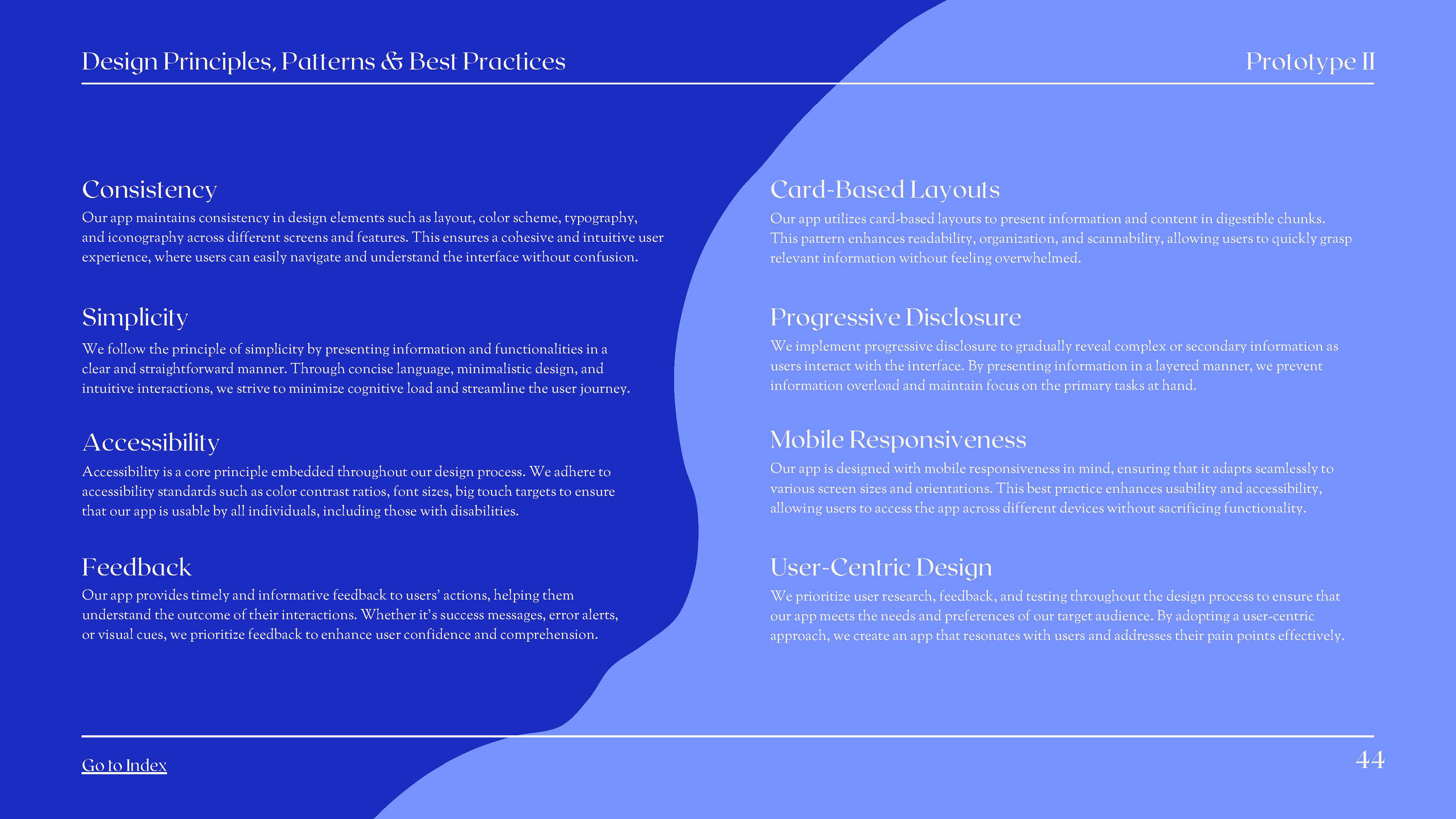Goal & Problem(s)
The goal of the Gigster app was to create a seamless and user-friendly platform for gig workers to find, manage, and track freelance opportunities. The primary design challenge was to address the fragmented nature of existing gig economy platforms, where users often faced difficulties in navigating job listings, managing schedules, and ensuring timely payments.
Challenge
Throughout the development of Gigster, we encountered several challenges. Ensuring a cohesive user experience across various functionalities, maintaining an intuitive interface amidst complex features, and integrating secure payment methods were some of the key hurdles. Balancing these elements while keeping the design visually appealing was crucial.





Process
We followed a structured design process to bring Gigster to life. This included:
Research & Analysis: Conducting user surveys and market analysis to identify pain points and gather requirements.
Wireframing & Prototyping: Creating low-fidelity wireframes and interactive prototypes to visualize the user flow and interface.
User Testing: Iterating designs based on feedback from usability testing sessions to refine features and improve functionality.
Development Collaboration: Working closely with developers to ensure the design was implemented accurately and efficiently.



































Results
The end result was a robust and engaging app that streamlined the gig work experience. Gigster received positive feedback for its intuitive navigation, comprehensive feature set, and aesthetically pleasing design. It successfully addressed the initial challenges, providing a reliable and user-centric solution for gig workers to thrive in their freelance endeavors.
















